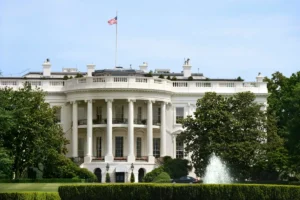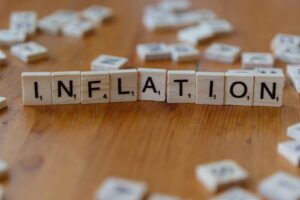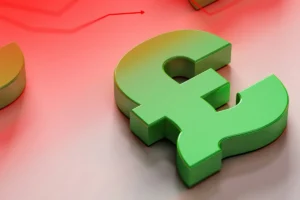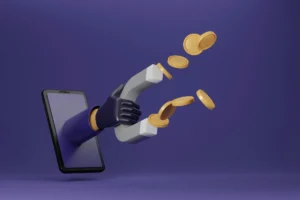Amid the challenges brought about by the COVID-19 pandemic and the stringent measures taken to contain it, inflation concerns are surfacing. This is understandable, given potential disruptions to the supply of a range of goods and given the trillions of government dollars being employed to stabilize global economies.
For now, though, the greater likelihood is disinflation – a slowing in the rate of inflation. The data underlying a 0.4% decline in April in the U.S. core consumer price index, the largest monthly drop on record, hinted at what we could see in the months ahead. Vanguard expects that, in the near term, the effects of diminished demand will outweigh upward pressures on inflation given increased unemployment and consumers’ general reluctance to spend. But eventually, any lingering impact on supply chains, a sizable government debt overhang and a U.S. Federal Reserve willing to tolerate somewhat higher inflation could win out and push prices higher.
Unlocking lockdowns
The question now being posed to governments around the world is how and when to reopen their economies without spurring second waves of infection. The answer will inform when economic recovery can begin to take hold, the depths from which economies must return, and when prices might start to rise toward or above central bank targets that are typically at or just below 2%.
This is all contingent, of course, on health outcomes. Any progress made would be tempered by another surge in cases of the coronavirus. This may well be a two-steps-forward, one-step-back approach for some time. We can hope it is more like three or four steps forward before any step back.
You will be able to read Andrew Patterson’s full article in IFA Magazine 90.











